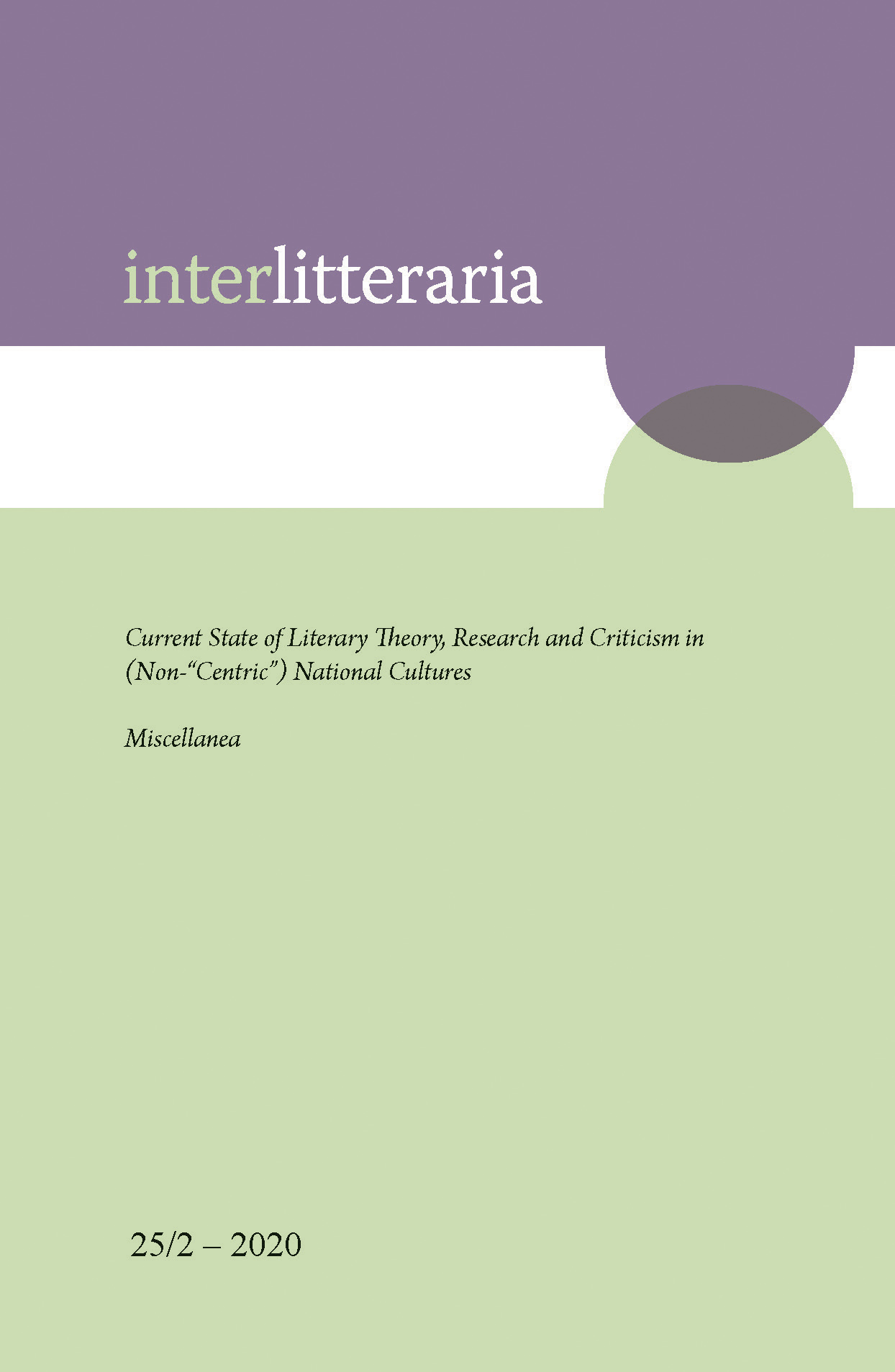Paris, « un lieu centre de tous les centres ». Est-ce toujours d’actualité ?
DOI:
https://doi.org/10.12697/IL.2020.25.2.14Keywords:
Pascale Casanova, Paris, standardization of cultures, reading, Victor Hugo, Édouard Dujardin, James JoyceAbstract
Paris, “The Centre of All Centres”. Is It Still the Case? In La République Mondiale des Lettres published in 1999 and 2008, Ms. Casanova wrote: “Paris is the Greenwich meridian for literature” for the 19th and 20th centuries. Writers and artists have come to the city in the past because it was extremely attractive for creative and economic reasons. But at the beginning of the 21st century, with the rise of the New Media for writing, publishing and diffusing, is it correct to say that Paris is still supreme? Is location more important than the time devoted to writing and reading?
The claims on which Ms. Casanova builds her assertions are not supported by the facts of recent history and geography. She refers to “La belle santé économique et la liberté” in Paris but she forgot to mention why artists came from central Europe. It was just because the life was cheaper in Paris than in Berlin, as Walter Benjamin observed in 1926. She notes that Paris was the world centre for high fashion and that writers came together there to be inspired by the place and each other. But these things are no longer true: Paris is one of the most unaffordable cities in the world. Fashion in clothes is determined in many centres, with fashion weeks held in New York, Milan and China; aesthetics no longer depend on a single country. Literary creativity has spread across many continents and the internet and social media provide access to millions of people around the globe. Globalisation has unified the world, note Jean-Philippe Toussaint and Sylvain Tesson, and brought the standardization of cultures.
There is also the matter of the dominant language today. The French language has not changed since Ms. Casanova was doing her research, but French writers now dream of being translated into English to reach the largest audience around the world. Publishers also favour English to make the most profit because literature and art are now worldwide commodities. Writers and researchers use the Internet, which connects them with documents, libraries and people all over the world. Newspapers such as Le Monde and Le Figaro in France provide literary reviews from around the world; for example, Histoire de la Traduction Littéraire en Europe Médiane, compiled by Antoine Chalvin, Marie Vrinat-Nikolov, Jean-Léon Muller and Katre Talviste, was written up in Cahiers Littéraires du Monde. What about the readership? If publishing and merchandizing are accelerating and globalizing because of how the Internet changes time and distance, the writer still has to follow the rhythm of the subject.
Downloads
Downloads
Published
Issue
Section
License
The contents of Interlitteraria are published under CC BY-NC-ND licence.


